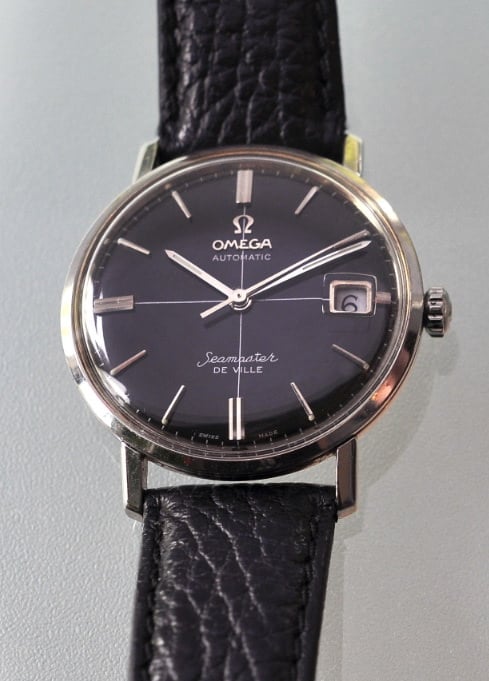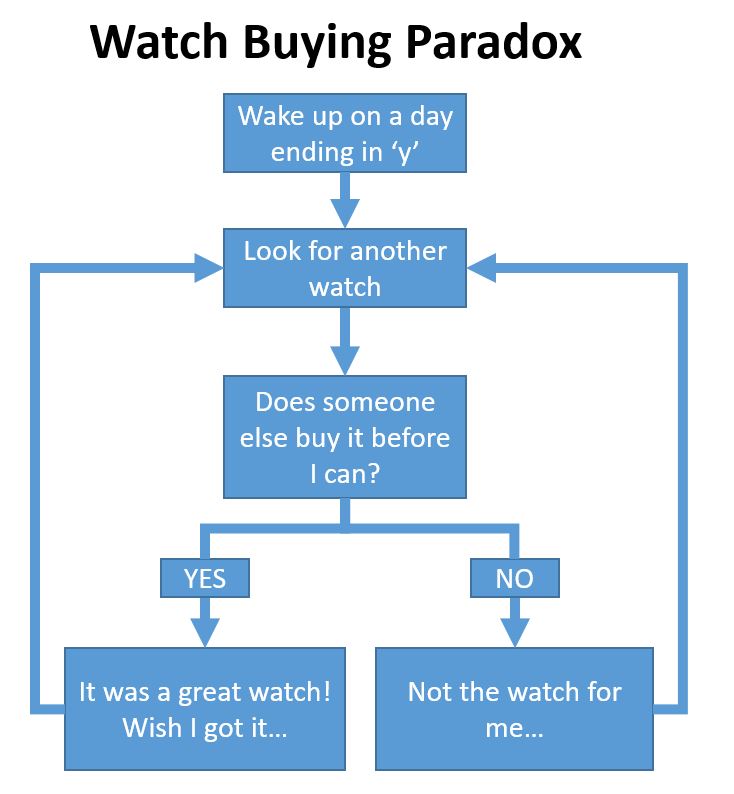- Posts
- 13
- Likes
- 55
LTSmash1200
·Hi, I'm new here, first post. I'm planning on buying my first vintage Omega (either a Constellation or a Seamaster) to wear at my wedding next year. For right now I'm trying to learn as much as I can about them. One thing that has me a little confused is how to make sure the reference numbers match the movement and dial.
I know about this: http://www.old-omegas.com/omrefcod.html, but as far as I can tell, this only tells you what TYPE of movement should be in a watch, not which caliber it should be and I have no idea how to tell what dial would go with it. So I can be confident knowing, this case should have a chronometer grade movement, but how do I know WHICH chronometer movement should be in it? Also, I have noticed some don't match this convention at all, like the ref: 14381 Constellation, which according to the normal code rules, would be a men's, manual winding chronograph, non water resistant chronometer, but this came with an automatic 551 movement. I have tried to use the vintage section on the Omega website, but I've found it pretty hit or miss. I don't think I know how to use it correctly.
Thanks in advance.
I know about this: http://www.old-omegas.com/omrefcod.html, but as far as I can tell, this only tells you what TYPE of movement should be in a watch, not which caliber it should be and I have no idea how to tell what dial would go with it. So I can be confident knowing, this case should have a chronometer grade movement, but how do I know WHICH chronometer movement should be in it? Also, I have noticed some don't match this convention at all, like the ref: 14381 Constellation, which according to the normal code rules, would be a men's, manual winding chronograph, non water resistant chronometer, but this came with an automatic 551 movement. I have tried to use the vintage section on the Omega website, but I've found it pretty hit or miss. I don't think I know how to use it correctly.
Thanks in advance.

